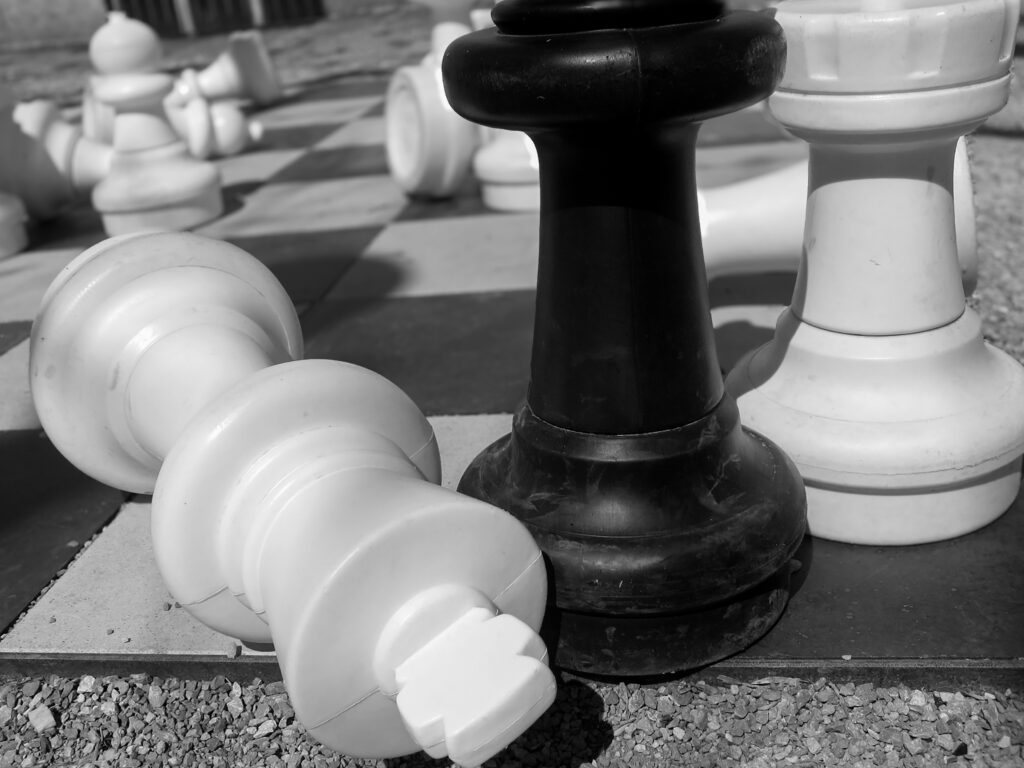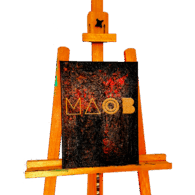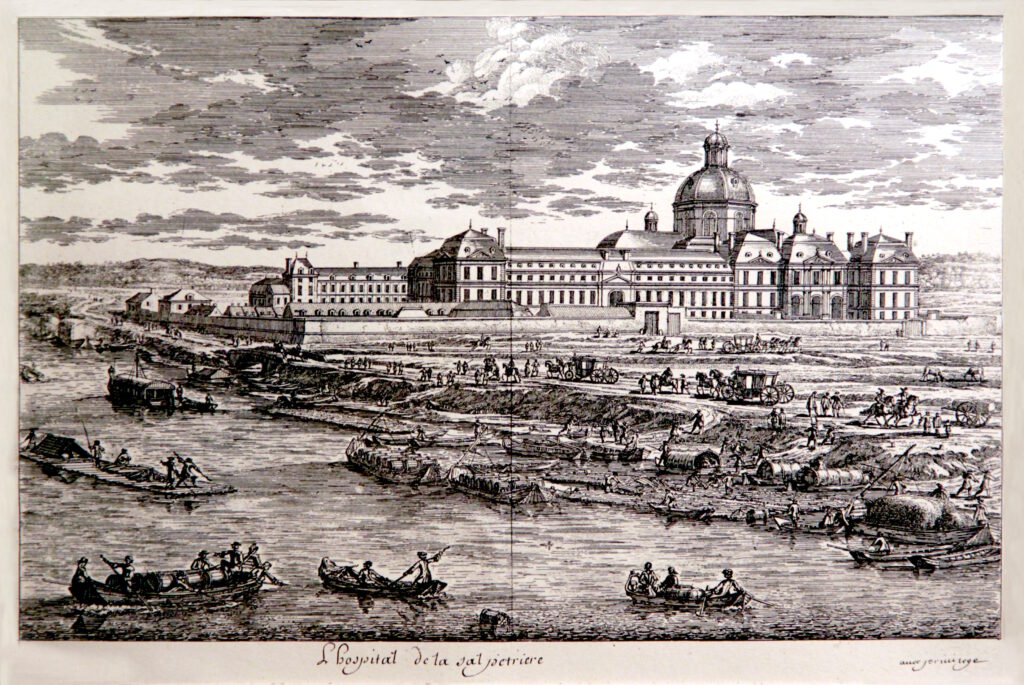The history of chess is as fascinating as the game itself, stretching over a thousand years and evolving through various cultures.

Here’s a broad overview of its development:
1. Origins in India: Chaturanga (c. 6th Century CE)
- The game’s origins trace back to India during the Gupta Empire (around the 6th century). It was called Chaturanga, which means “four divisions of the military” (infantry, cavalry, elephants, and chariots)—represented by the modern-day pawn, knight, bishop, and rook.
- The board was similar to today’s chessboard, with an 8×8 grid.
- Chaturanga was played on a 64-square board (same as modern chess) and involved moves that were precursors to the current game.
2. Spread to Persia: Shatranj (c. 7th Century CE)
- Chaturanga traveled to Persia, where it became known as Shatranj around the 7th century. The game was slightly modified:
- The elephant became the bishop, which moved diagonally.
- The chariot became the rook.
- The king and queen remained largely unchanged.
- The Persians introduced the terms “Shah” (King) and “Shah Mat” (Checkmate), which translates to “the King is dead.”
- The Arab world helped spread Shatranj, influencing medieval Europe, especially through Spain and the Moors.
3. Medieval Europe: Transformation into Modern Chess (c. 15th Century)
- Chess arrived in Europe through the Moors, who had a strong influence in Spain during the 9th century.
- The game was further refined in Southern Europe during the 15th century. This period saw several changes:
- Pawn Promotion: Pawns were allowed to promote upon reaching the eighth rank, which gave them more strategic importance.
- The Queen’s Movement: The most dramatic change occurred in the movement of the queen. Initially, the queen could only move one square diagonally, but in the 15th century, it gained the power to move any number of squares horizontally, vertically, or diagonally—making it the most powerful piece on the board.
- The Bishop’s Power: The bishop’s movement was also increased to move any number of squares diagonally (similar to modern chess).
- Castling: The rule of castling (a special move involving the king and a rook) was introduced, adding new tactical possibilities.
- En passant: A rule allowing pawns to capture an adjacent pawn that advances two squares in a single move was added.
These changes gave chess its modern form, and the game began to spread quickly across Europe.
4. Standardization: 19th Century
- The first modern chess tournament took place in London in 1851, and it helped solidify the game’s popularity.
- Staunton pieces, designed by Nathaniel Cook and produced by Howard Staunton, became the standard chess set design in the mid-19th century, giving rise to the familiar pieces used today.
- In 1886, the first official World Chess Championship was held between Wilhelm Steinitz and Johannes Zukertort, marking the beginning of competitive, professional chess.
5. Chess in the 20th Century
- The rise of chess superstars: Names like José Raúl Capablanca, Alexander Alekhine, and Bobby Fischer became synonymous with chess mastery.
- The Soviet Union dominated the chess world from the mid-20th century until the 1980s, with players like Mikhail Botvinnik, Anatoly Karpov, and Garry Kasparov leading the way.
- Bobby Fischer (USA) became a legendary figure in chess after his World Championship win against Boris Spassky in 1972, a match that helped elevate chess into the global spotlight.
6. The Computer Age: 1990s to Present
- In 1997, IBM’s Deep Blue famously defeated Garry Kasparov in a match, marking the first time a computer beat a reigning world champion. This was a landmark moment in both chess and AI history.
- The rise of online chess platforms (like Chess.com and Lichess) in the 2000s allowed players from around the world to compete in real-time, making the game more accessible than ever before.
- The popularity of streaming and online content (with personalities like Hikaru Nakamura and Magnus Carlsen) brought chess into the 21st century as a form of entertainment and competitive e-sport.
7. Modern Chess and Technology
- Stockfish and AlphaZero (developed by Google’s DeepMind) have revolutionized our understanding of chess by using advanced machine learning and AI to discover new strategies and tactics.
- Today, chess is played at every level, from local clubs to online platforms, and it’s more popular than ever thanks to widespread streaming, gaming, and online tournaments.
Key Milestones in Chess History:
- 6th Century CE: Chaturanga is created in India.
- 7th Century CE: Shatranj becomes popular in Persia.
- 15th Century: Modern chess rules begin to emerge in Europe.
- 1851: The first modern chess tournament is held.
- 1886: The first World Chess Championship is contested.
- 1972: Bobby Fischer defeats Boris Spassky, putting chess on the global stage.
- 1997: Deep Blue defeats Garry Kasparov.
- 21st Century: Online platforms and AI change how chess is played and studied.
Chess has evolved from an ancient game of strategy to a global sport that spans cultures, technologies, and generations. Whether you play for fun, study it seriously, or simply appreciate its beauty, it’s a game that continues to captivate minds worldwide.





Who like chess?